
Another hurdle financial services and institutions need to address is mainstream digital asset adoption.
The financial industry has seen a rise in demand for exposure to digital — and crypto — assets in all asset classes. This has led to interest, demand and investment from institutional finance, ranging from digital asset custody to digital asset trading desks, regulatory and compliance frameworks, and audit and risk models.
It is fair to say that digital assets have taken the financial services industry by storm. While the attention and investment from traditional finance in decentralized finance (DeFi) is hailed as a progressive step, there are enormous challenges and hurdles that financial services and institutions need to consider to make digital asset adoption mainstream.
Related: Why institutions suddenly give a damn about Bitcoin
For one thing, the industry is on a massive digitization path to modernize aging financial systems that are reliant on a ledger-based transaction system. It must ensure that the path to digitization is smooth, minimally disruptive and brings the financial system that moves assets and payments to the speed of the digital era, keeping up with digital commerce and digital delivery of services.
These efforts have brought innovation with application programming interfaces (APIs) to support new business models. These strategic APIs not only take the shape of digital products and services but also of co-creation vehicles to deliver value to the consumer and financial services ecosystem. The industry has seen a growth of full lifecycle API management as a glue to secure businesses and expose services at the same time, which shifts the IT focus from projects to strategic APIs.
Lately, the approach has involved financial technology — or fintech — partnerships and/or modernizing technology. It has focused on user experience and the API, with little attention to the systemic elements of the financial services industry, such as payment, treasury, risk models, fraud, regulatory and compliance, to name a few. While the user experience approach has achieved some success, the deficiencies have surfaced for legacy design parts of tightly coupled designs. The use cases that manifest as a financial application eventually catch up with the financial systems’ limitations, and assets locked in the ledger and reliant on the relay of batch processes to move assets.
Related: DeFi needs real-world adoption, not just disruptive pioneering
So, how does a financial institution manage these two drastically different models in tandem as the industry evolves in a complex transformation with a disruptive twist? On one hand, the digitization effort focuses on a ledger-based model, which is largely the existing infrastructure, while on the other hand, the disruptive twist promotes a token-based model, which challenges and negates the current digitization efforts. How do financial institutions manage the delicate balance in which two worlds can coexist and provide a seamless, singular experience?
Related: CeFi and DeFi will finally meet in 2021 — Let's hope they hit it off
Understanding digitization and fintech-led disruption
The financial services industry is in a constant state of flux, including recent radical shifts. The industry has been a witness to many previous ground-shifting eras, including the introduction of computing into banking systems, anytime-banking with ATMs, and the internet and mobile technology shifting the mindset to “anytime, anywhere.”
Today, the financial services industry is largely focused on massive digitization efforts with initiatives such as open banking, Payment Services Directive-2 (PSD 2), strong customer authentication (SCA) and ISO 20022 for payment harmonization and modernization. Many of these digitization efforts are industry-led, and some are driven as a result of a regulatory directive. They are efforts to stay competitive and meet customer demands for instant, real-time movement of assets and digital fiat as settlement instruments.
Related: Europe awaits implementation of regulatory framework for crypto assets
The challenges the financial services industry faces are immense, including constant shifts in the regulatory landscape, customer expectations of digital natives, the need for real-time and around-the-clock operations to service clients’ requests, and ecosystems’ exogenous factors that are creating interesting technology engine struggles for financial institutions. The legacy infrastructure, which represents both significant investment and past modernization journeys, is now impeding the speed and scale required to unlock the digital value of not only products and services but also of the entirety of the financial institution itself.
Related: Stablecoins present new dilemmas for regulators as mass adoption looms
With the emergence of every significant change, the financial services industry has been able to adapt and withstand the disruption. The movement led by fintech is another major shift, underpinned by radically different business models that are led by new innovative technologies, business structures and the digitization of adjacent and consumer experience in every segment of digital business and engagement. This shift — coupled with mounting regulation, compliance pressures and disruption from the fintech ecosystem — is forcing the established financial services industry to rethink innovation and business models. This is to keep systems competitive, innovative and malleable for future disruptive shifts that may occur — like DeFi driven by tokenization.
Related: Tokenization of assets is not taking off, but it really should
Understanding the implications of asset tokenization
We have established that digitization is the first step in many enterprise and permissionless blockchain projects. Tokenization is the process of converting or claiming an asset and rights into a digital representation, or token, on a blockchain network. At this time, it may be prudent to draw a distinction between a (crypto) asset or currency and a tokenized asset.
A (crypto) asset or currency is a medium of exchange or a protocol-driven exchange mechanism that often embodies the same characteristics as a real-world currency — such as durability, limited supply and recognition by a network — while being backed by a common belief system, such as a fiat currency. A (crypto) asset or currency also represents a byproduct of trust systems, or consensus, as a vehicle to back the incentive economic model that rewards and fuels the trust system of a network, making it a trust currency of the network. A token, on the other hand, can be many things: a digital representation of a physical good, making it a digital twin, or a layer-two protocol that rides on the (crypto) asset or currency and represents a unit of value.
This distinction between a (crypto) asset or currency and a tokenized asset is important for understanding the exchange vehicles, valuation models and fungibility across various value networks that are emerging and posing challenges around interoperability. The challenges are not just technical, but also business challenges around equitable swaps. Tokenization of assets can lead to the creation of a business model that fuels fractional ownership or the ability to own an instance of a large asset. The promised asset tokenization on blockchain-based business networks is not just digitization or a solution to the inefficiencies of time and trust; it also creates new business models and co-creations from synergies of network participants that did not exist before.
While blockchain itself provides the technology constructs to facilitate exchange, ownership and trust in the network, it is in the digitization of value elements where asset tokenization is essential. In essence, digitization is sort of a prerequisite to tokenization. In the financial services context, digitization of existing services and token-driven DeFi present two parallel business streams, which will converge as the industry aims to provide a unified user experience.
Tokenization implies that account management and claims on assets are driven by cryptographic keys, as opposed to account management and asset management by a system operator called a bank. Though tokenization is more than just account management and claims to an asset, it enables divisibility, fungibility and disintermediated business functions, such as asset transfer. It is a fundamental building block and prerequisite for an “internet of value.”
Opinion
The answer to the question How does a financial institution manage the delicate balance in which two worlds can coexist and provide a seamless and singular experience? is a complicated one. Adequate thought needs to be given to the operational structure that encompasses the complexity of existing structures, while also encapsulating the exponential growth (and complexity) of a digital asset ecosystem. That presents both a monumental operational challenge and as a massive opportunity landscape and avenue to embark on new business models.
It is widely understood and accepted that blockchain technology lays the foundation for a trusted digital transactional network that, as a disintermediated platform, fuels the growth of marketplaces and secondary markets due to new synergies and co-creation due to new digital interactions and value-exchange mechanisms.
Open banking has led the digitization efforts with a raft of open APIs. These APIs can be extended to tokenized asset structures and turn the entire business process of various DeFi market structures into consumable units, where various asset classes, marketplaces and DeFi support services can be stitched into a singular experience hiding the transactional complexity.
This article does not contain investment advice or recommendations. Every investment and trading move involves risk, and readers should conduct their own research when making a decision.
The views, thoughts and opinions expressed here are the author’s alone and do not necessarily reflect or represent the views and opinions of Cointelegraph.

You can get bonuses upto $100 FREE BONUS when you:
💰 Install these recommended apps:
💲 SocialGood - 100% Crypto Back on Everyday Shopping
💲 xPortal - The DeFi For The Next Billion
💲 CryptoTab Browser - Lightweight, fast, and ready to mine!
💰 Register on these recommended exchanges:
🟡 Binance🟡 Bitfinex🟡 Bitmart🟡 Bittrex🟡 Bitget
🟡 CoinEx🟡 Crypto.com🟡 Gate.io🟡 Huobi🟡 Kucoin.


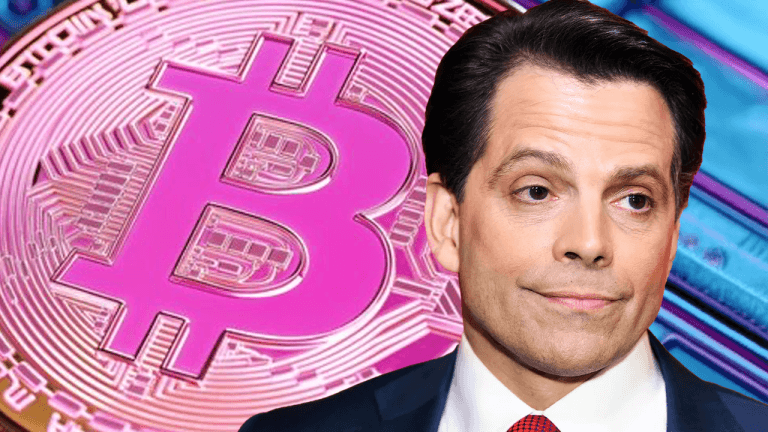

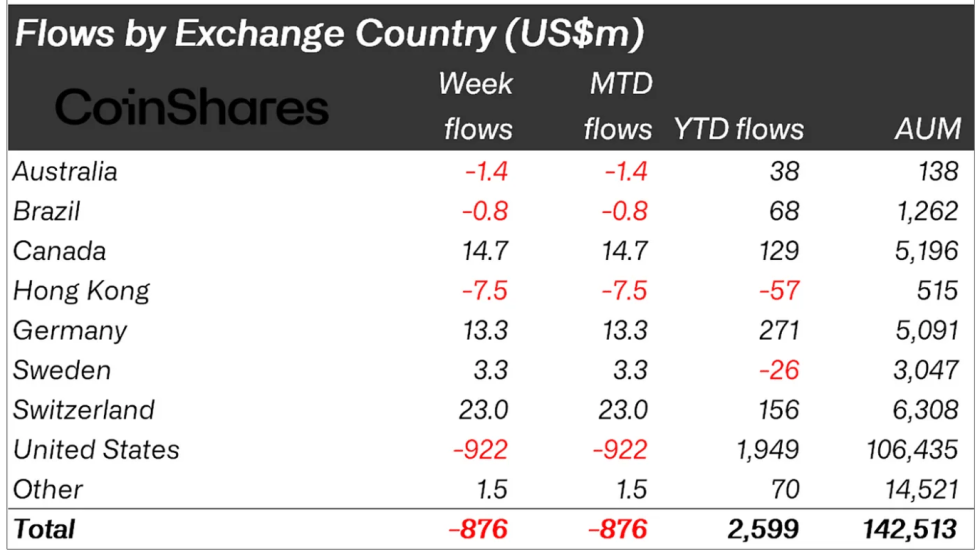


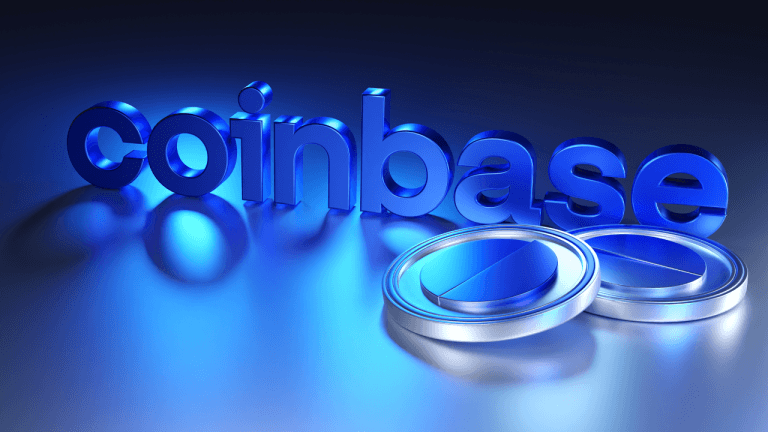


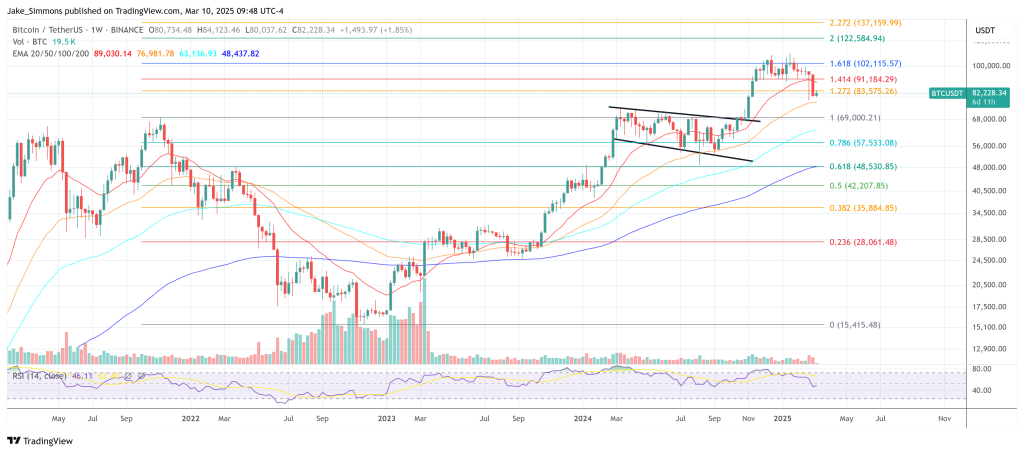

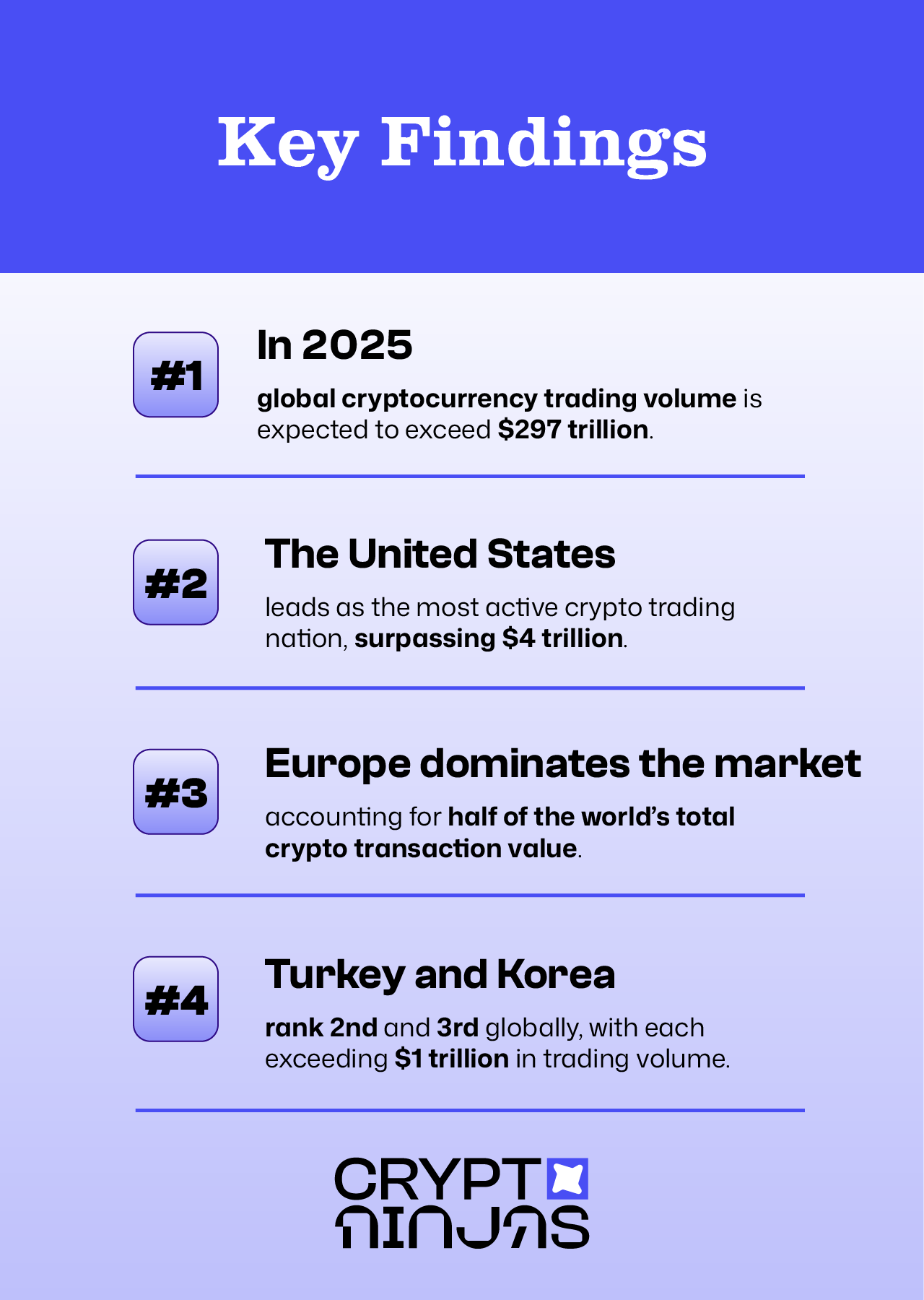



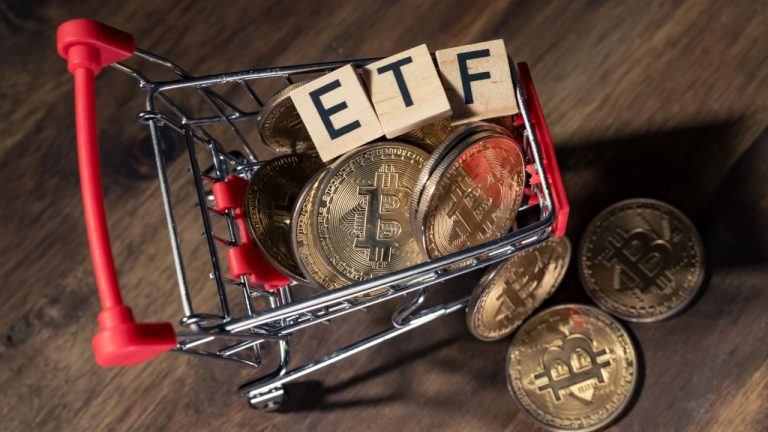



Comments